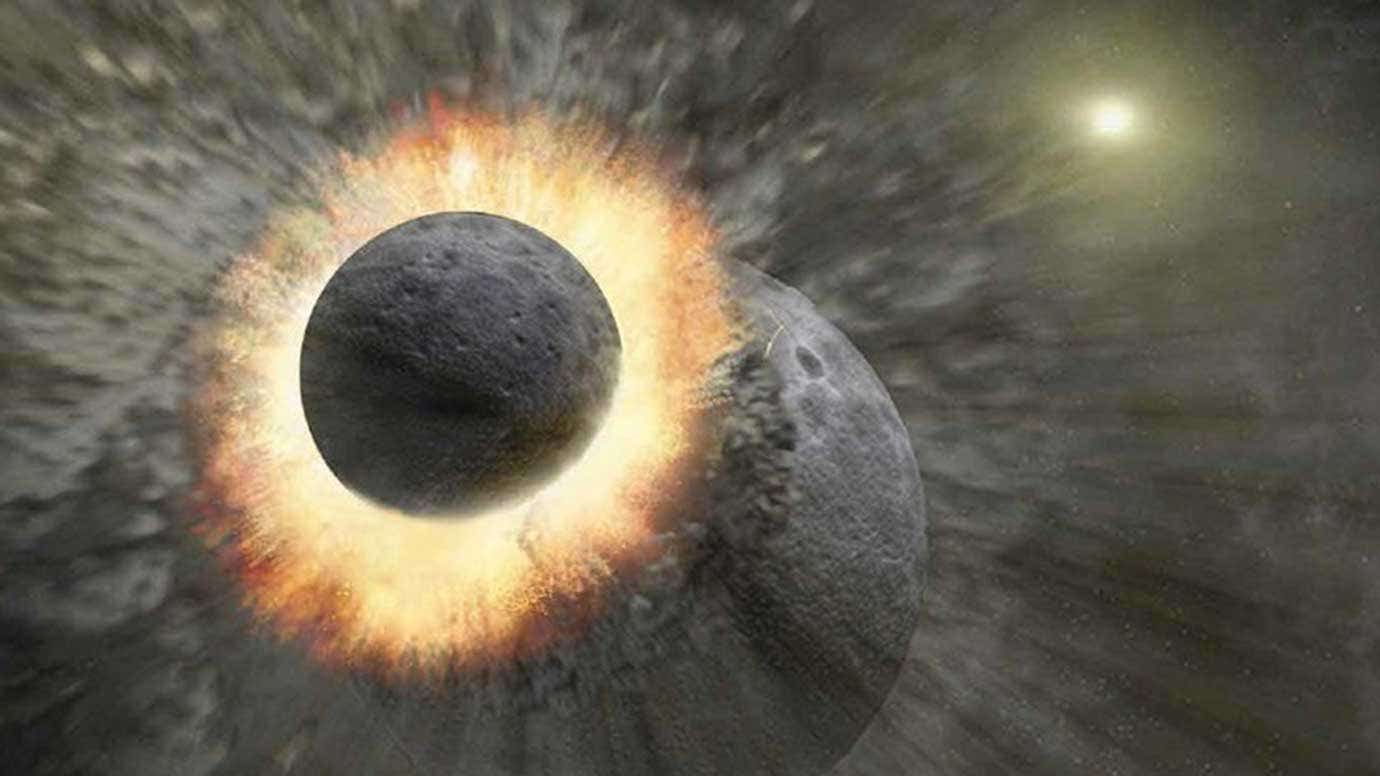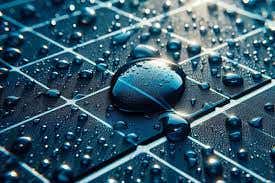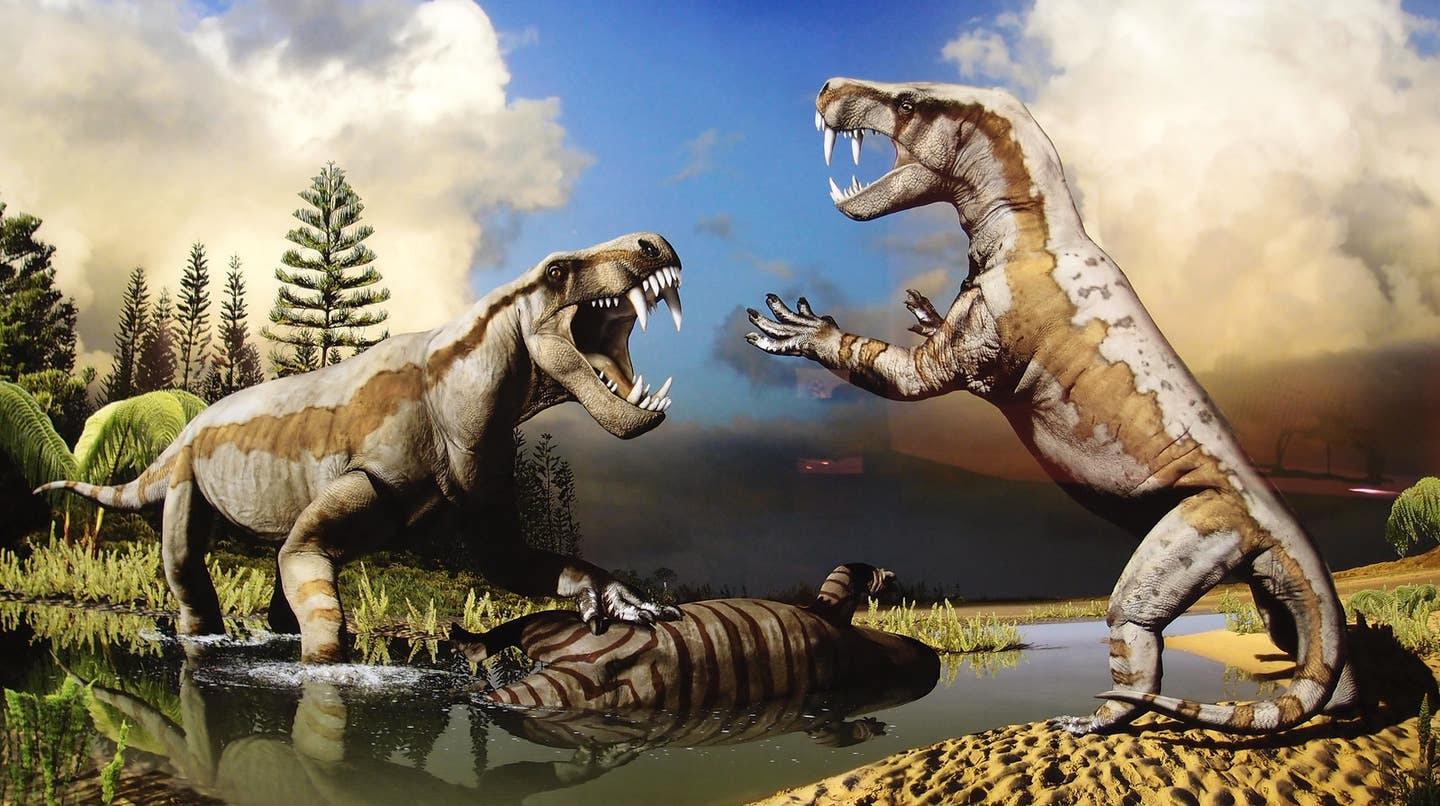Planetary scientists reveal how the Earth and Moon actually formed
Over 4.6 billion years ago, Earth took shape from a spinning cloud of dust and gas surrounding the young sun.

A protoplanet, roughly the size of Mars, slammed into the proto-Earth. (CREDIT: NASA/JPL-Caltech/T. Pyle)
Over 4.6 billion years ago, Earth took shape from a spinning cloud of dust and gas surrounding the young sun. Tiny particles within this cloud collided and clumped together, driven by gravity and chance. Through countless impacts, they grew larger, setting the stage for the birth of planets.
These early collisions formed mile-wide objects called planetesimals. As they smashed into each other, some merged into even larger bodies. This process built the foundation for rocky worlds like Earth. Over time, planetesimals gave rise to protoplanets—massive, growing versions of what would become full-fledged planets.
The young Earth didn’t form peacefully. One colossal impact changed its future forever. A protoplanet, roughly the size of Mars, slammed into the proto-Earth. The impact was so powerful that it vaporized rock and metal, blasting molten debris into orbit.
This glowing ring of debris swirled around the damaged planet. Over time, it cooled and clumped into a single massive body—the moon. That impact didn’t just create a satellite; it helped define Earth’s structure, tilt, and rotation.
Clues about this ancient chaos come from meteorites. These space rocks are leftovers from the solar system’s formation. Many contain radioactive elements like uranium and hafnium. By tracking how these elements decay, scientists can reconstruct Earth’s early history.
Their studies show that turning dust into planetesimals took tens of millions of years. The final stages of building full planets stretched even longer—up to 100 million years. Each phase left behind chemical fingerprints locked in ancient rock.
The Moon’s Origin: Clues from a Colossal Collision
The moon’s birth still sparks debate among scientists. Most support the “giant impact” theory involving a body named Theia. Competing ideas—like the moon splitting from Earth or forming elsewhere—don’t match the chemistry of lunar rock. Only the giant impact explains what we see in moon and Earth samples today.
Related Stories
Samples brought back from Apollo missions and lunar meteorites reveal striking similarities between Earth and the moon. For instance, oxygen isotopes in both bodies are nearly identical, indicating a shared origin.
This isotopic similarity could result from the vaporized debris mixing thoroughly after the impact. However, differences exist as well. Lunar rocks are depleted in volatile elements like potassium, zinc, and sodium. This depletion likely occurred due to the extreme heat during the impact or the moon’s weak gravity allowing these elements to escape into space.
Precise measurements of lunar samples by researchers at institutions like the University of Chicago have provided critical clues.
These analyses, focusing on isotope ratios and mineral compositions, help reconstruct the sequence of events during the moon’s formation. One significant finding is that the moon-forming impact likely occurred 60-175 million years after the solar system’s birth.
The Early Earth and Moon
After the moon-forming collision, Earth was a molten world, enveloped by a magma ocean hundreds of miles deep. The collision’s immense energy melted Earth’s surface, while its atmosphere consisted only of vaporized rock and gases. Over time, volcanic activity and impacts from comets and meteorites delivered water and other volatile compounds, setting the stage for life.
Plate tectonics, the movement of Earth’s crustal plates, emerged from this tumultuous period. This process, essential for recycling carbon dioxide and maintaining stable temperatures, may have been key to Earth’s habitability.
Unlike Earth, the moon’s cooling crust formed a thick layer of feldspar, giving rise to the bright highlands visible today. Volcanic eruptions on the moon produced vast basaltic plains, known as mare, which cover about 16% of its surface.
In its infancy, the moon orbited much closer to Earth, just 14,000 miles away compared to today’s 250,000 miles. The gradual recession of the moon continues at a rate of 1.5 inches per year, offering critical clues about the dynamics of the early Earth-moon system.
Ongoing Mysteries and Future Discoveries
While the impact theory is widely accepted, many details remain uncertain. Researchers continue to debate the size, speed, and composition of Theia, as well as the precise mechanics of the collision. Some even propose that multiple impacts could have contributed to the moon’s formation.
Laboratory experiments and computer simulations play vital roles in unraveling these mysteries. By recreating the high-pressure and high-temperature conditions of the collision, scientists can test theories about the moon’s composition and structure.
Advanced simulations allow researchers to model various impact scenarios, providing insights into how the Earth-moon system evolved.
Future lunar missions may offer additional clues. New samples from unexplored regions of the moon could reveal unique chemical signatures and geological histories, enhancing our understanding of its formation. Improved analytical techniques will enable scientists to make more precise measurements, further refining models of the Earth-moon origin.
As researchers piece together the story of Earth and its moon, they uncover fundamental truths about planetary formation. These insights extend beyond our solar system, guiding the search for habitable worlds and deepening our appreciation for the cosmic forces that shaped our home.
Note: Materials provided above by The Brighter Side of News. Content may be edited for style and length.
Like these kind of feel good stories? Get The Brighter Side of News' newsletter.
Joseph Shavit
Head Science News Writer | Communicating Innovation & Discovery
Based in Los Angeles, Joseph Shavit is an accomplished science journalist, head science news writer and co-founder at The Brighter Side of News, where he translates cutting-edge discoveries into compelling stories for a broad audience. With a strong background spanning science, business, product management, media leadership, and entrepreneurship, Joseph brings a unique perspective to science communication. His expertise allows him to uncover the intersection of technological advancements and market potential, shedding light on how groundbreaking research evolves into transformative products and industries.



